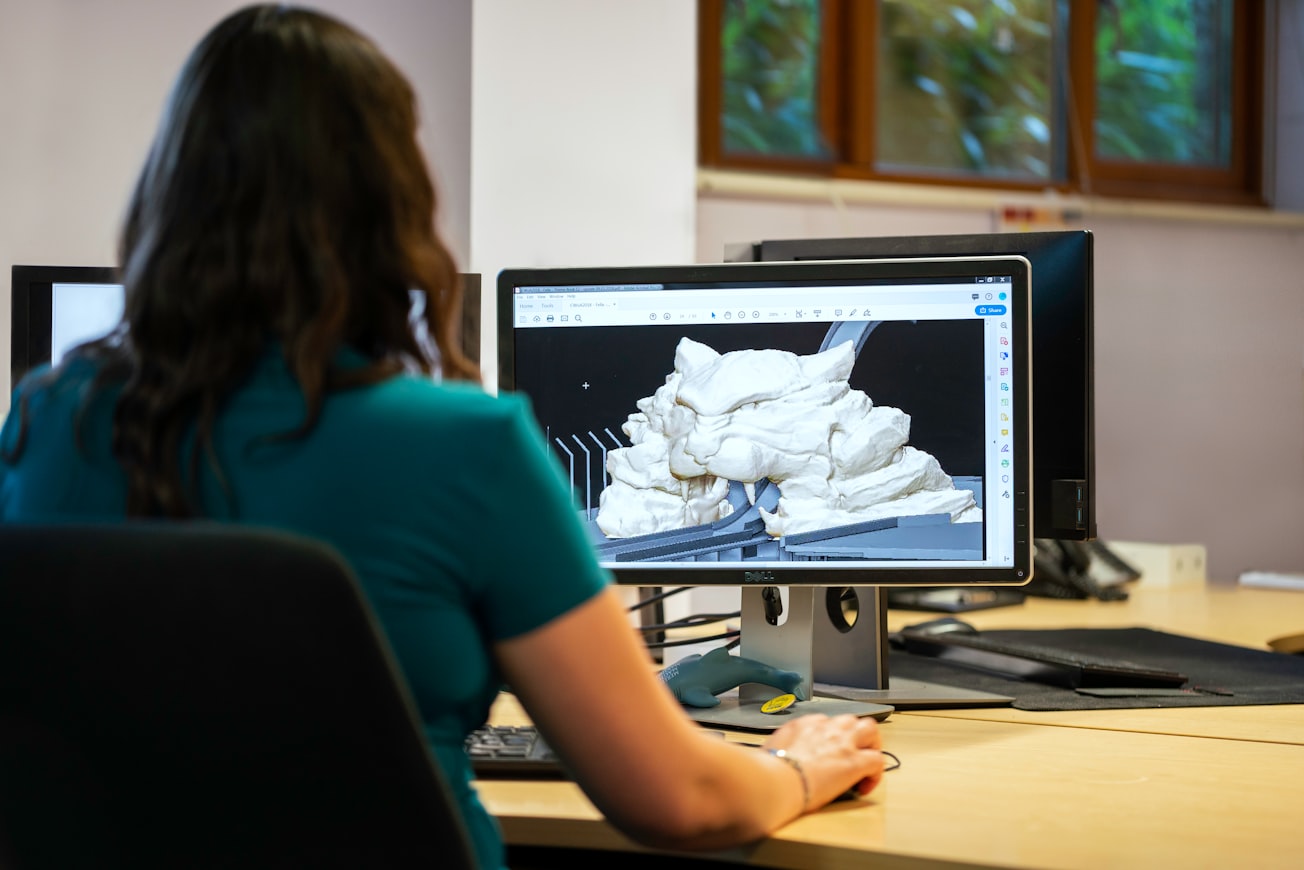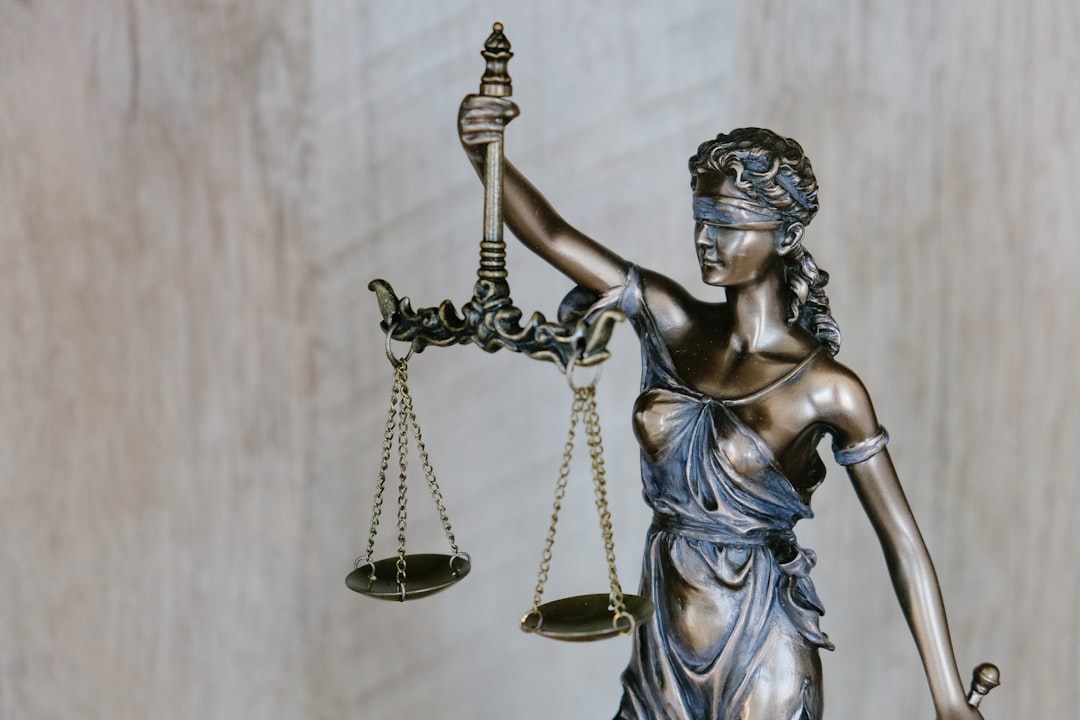What is it about?
Image registration and alignment are the main limitations of augmented reality-based knee replacement surgery. This research aims to decrease the registration error, eliminate outcomes that are trapped in local minima to improve the alignment problems, handle the occlusion and maximize the overlapping parts. Markerless image registration method was used for Augmented reality-based knee replacement surgery to guide and visualize the surgical operation. While weight least square algorithm was used to enhance stereo camera-based tracking by filling border occlusion in right to left direction and non-border occlusion from left to right direction.
Featured Image

Photo by ThisisEngineering RAEng on Unsplash
Why is it important?
This study has improved video precision to 0.57 mm ∼ 0.61 mm alignment error. Furthermore, with the use of bidirectional points, i.e. Forwards and backwards directional cloud point, the iteration on image registration was decreased. This has led to improved the processing time as well. The processing time of video frames was improved to 7.4 ∼11.74 fps.
Read the Original
This page is a summary of: A novel visualization system of using augmented reality in knee replacement surgery: Enhanced bidirectional maximum correntropy algorithm, International Journal of Medical Robotics and Computer Assisted Surgery, March 2021, Wiley,
DOI: 10.1002/rcs.2223.
You can read the full text:
Contributors
Be the first to contribute to this page










